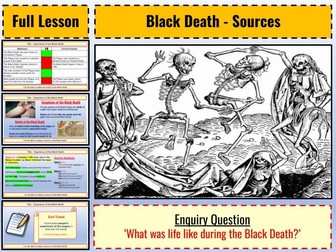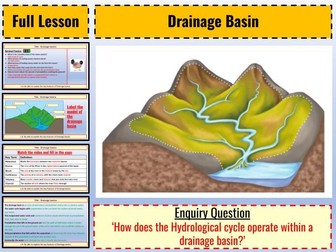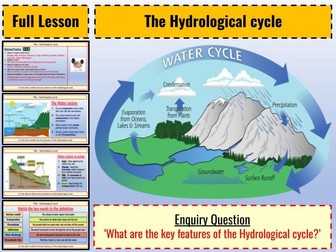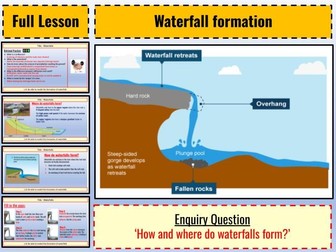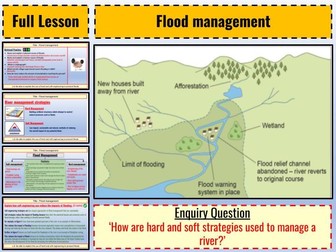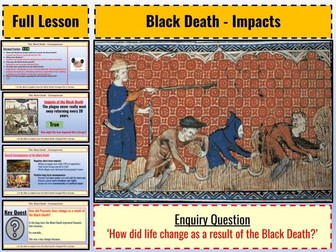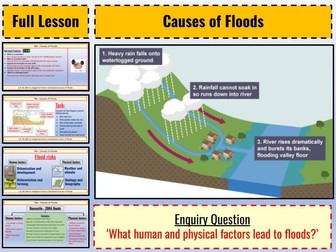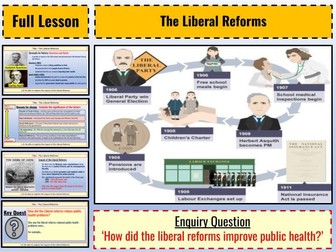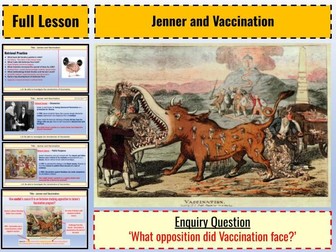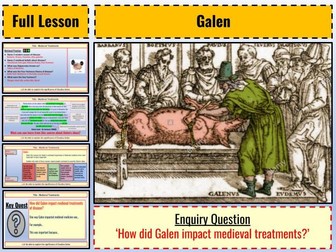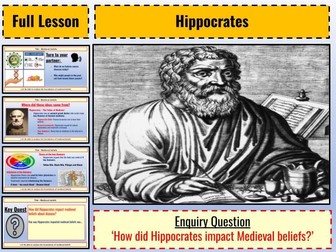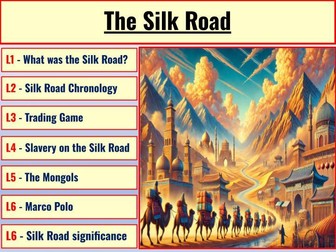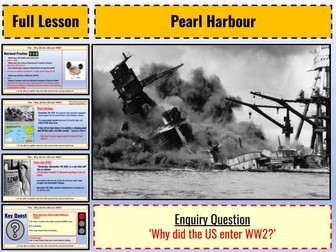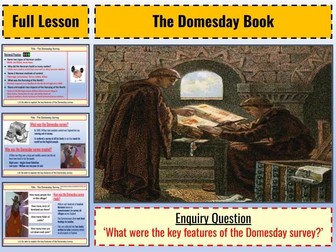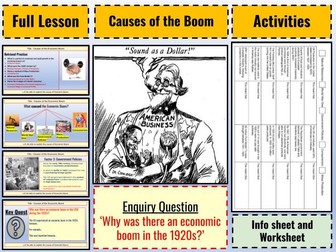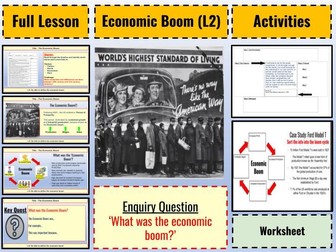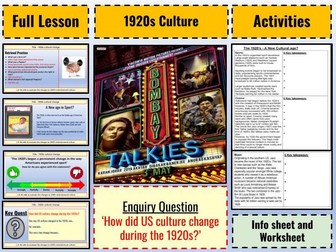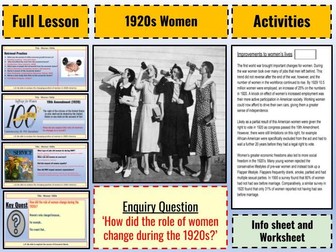Black Death - Source analysis
<p>Discover an engaging Year 7 lesson on the causes and events of the Black Death. The lesson revolves around the enquiry question ‘what was life like during the black death?’</p>
<p>The lesson comes in PowerPoint format and the worksheets are in PDF format, feel free to adapt the lesson to suit your needs best!</p>
<p>Lesson 1: Events of the Black Death - FREE!<br />
<a href="https://www.tes.com/teaching-resource/resource-13187302">https://www.tes.com/teaching-resource/resource-13187302</a></p>
<p>Lesson 2: Experience of the Black Death<br />
<a href="https://www.tes.com/teaching-resource/resource-13173698">https://www.tes.com/teaching-resource/resource-13173698</a></p>
<p>Lesson 3: Impacts of the Black Death<br />
<a href="https://www.tes.com/teaching-resource/resource-13173714">https://www.tes.com/teaching-resource/resource-13173714</a></p>
